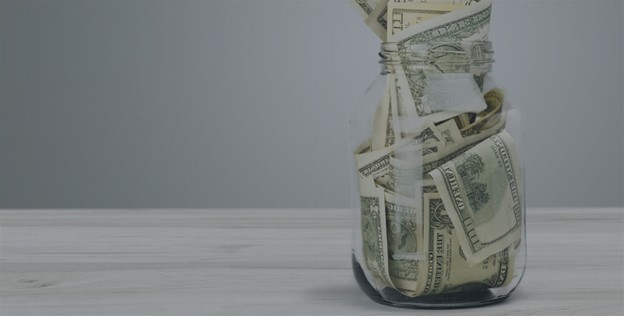COVID-19 has taught us that having an emergency savings account is crucial for handling unexpected expenses. Whether it’s a job loss, reduced income, or other unplanned circumstances, saving up several months’ worth of expenses is important.
It takes more than just slipping some cash under your mattress from time to time to build a strong emergency fund. Consider these four tips to build a stronger emergency fund.
1. Adjust your budget
If you want to make room in your budget for emergency savings, you may need to change your budget. Review your current spending habits and make some adjustments to reduce costs in other areas and divert money to your savings account. You can find great deals on groceries and cancel memberships that you rarely use, such as gym memberships.
Contribute to financial goals such as saving for retirement or paying off debt without ceasing. While you might need to reduce your budget allocation for these priorities temporarily, don’t eliminate them if you can.
2. Automatic bank transfers
Reminding yourself to transfer money into your savings account on a regular basis can be difficult. Alternatively, you can designate automatic transfers from your paycheck or checking account that go directly into your savings. Most banks allow you to set up these transfers online in your account.
You don’t want to do this if you don’t have predictable income or if you want to maintain strict control of your cash flow.
3. Use unexpected income to pad your account
When you receive unexpected income, such as monetary gifts or tax refund checks, you can add some of it to your emergency savings account. Over time, putting money away from unexpected income will add up.
4. Open a high-yield savings account
It is likely that the savings account offered by your bank or credit union offers low interest rates. Savings accounts with higher interest rates can be opened with many online banks in minutes, and they grow your savings much faster.
The main disadvantage of high-yield savings accounts is that online banks do not offer the same services, and you typically cannot withdraw cash from a bank or ATM. In fact, it might take a few days to access your funds. Due to this, it’s a good idea to keep a cushion of money in a traditional savings account for quick access, and the rest in a high-yield account for a higher interest rate.
It might not be the best time to start an emergency savings fund if you are still experiencing financial hardship due to the Coronavirus pandemic.
Is your personal information on the dark web? Make sure your identity isn’t at risk!

